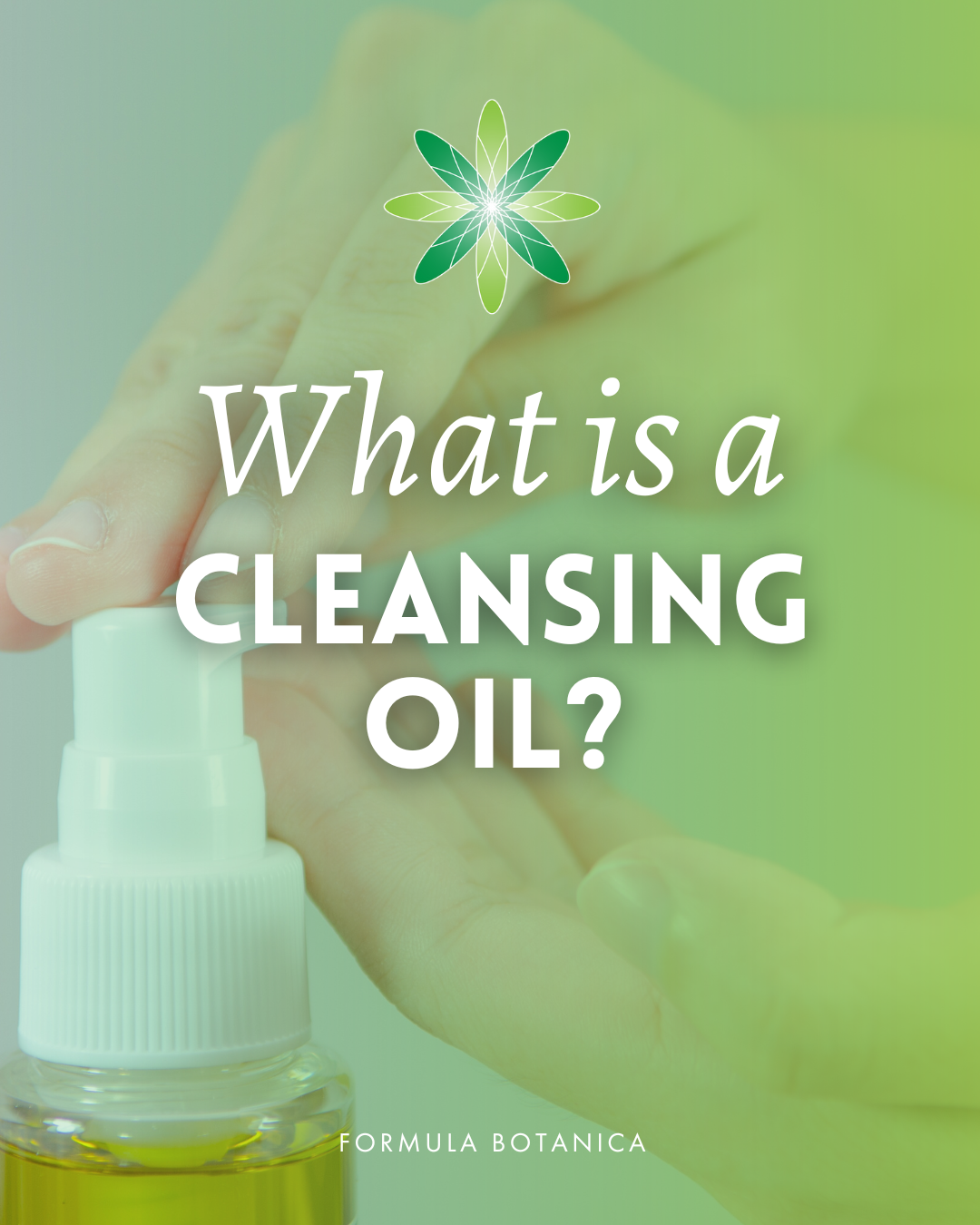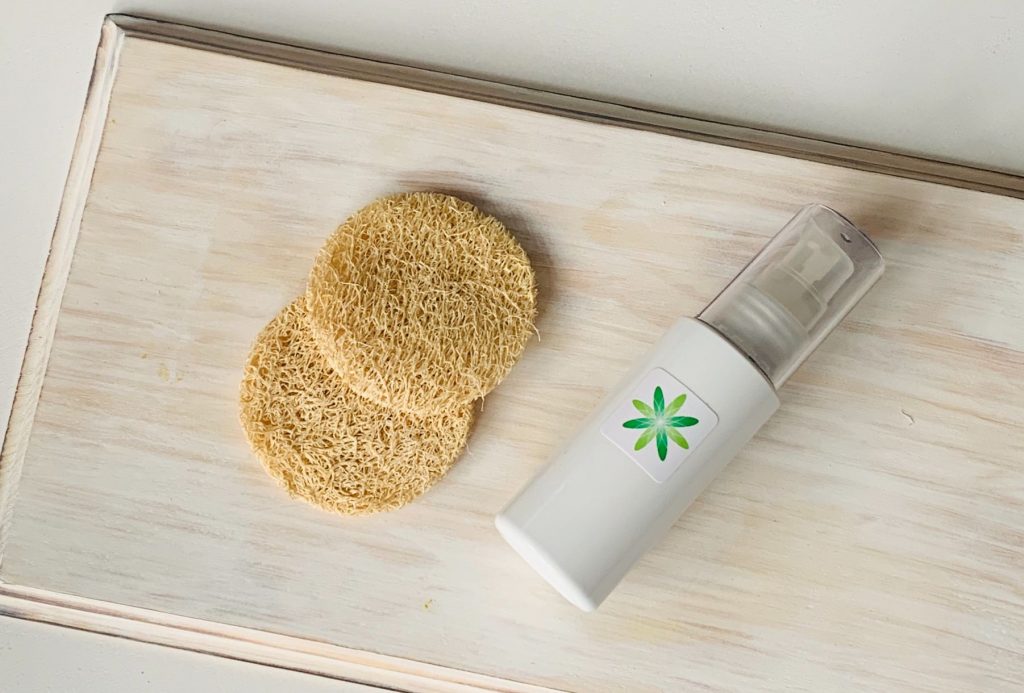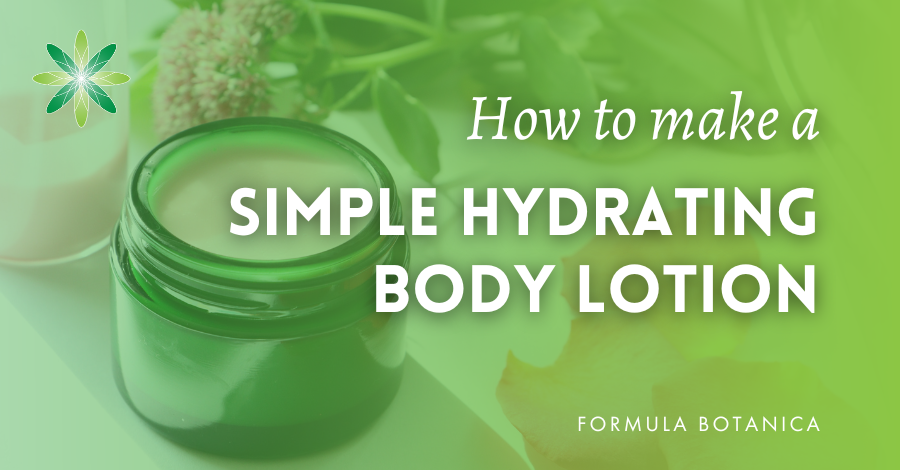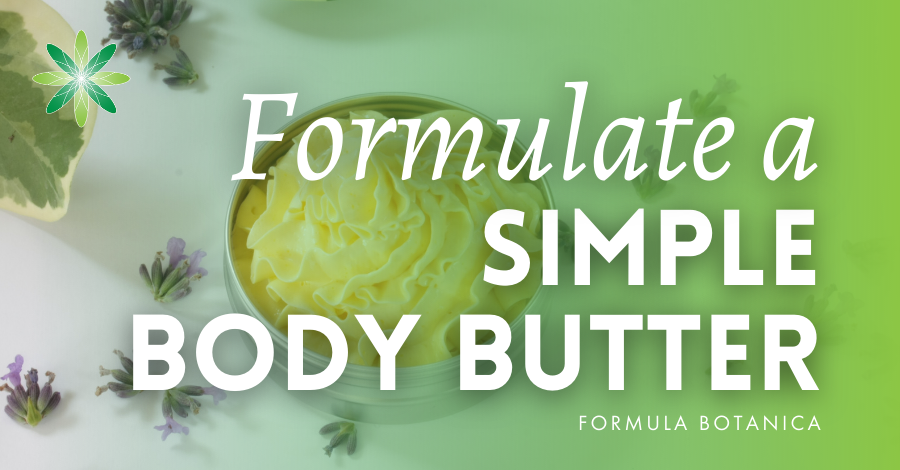Updated: 01.04.25
Cleansing is the foundation of any great skincare routine. Whether you’ve had a long day at work, worn makeup, hit the gym, or navigated a busy, polluted city, cleansing your skin is essential to remove dirt, grime, and any impurities that accumulate throughout the day.
Neglecting this step could lead to breakouts and blackheads, so using a good cleanser is a must. But here’s the good news: you don’t need an expensive store-bought cleanser. You can create your own effective, natural cleansing oil right at home.
In today’s post, I’m going to show you how to make a simple yet powerful camellia cleansing oil, using botanical oils and a secret, magic ingredient. This cleanser effortlessly cleanses the skin and transforms into a silky, milky texture upon contact with water, leaving your skin soft and supple. Intrigued? Keep on reading!
What is a cleansing oil?
A cleansing oil is a type of facial cleanser that uses oil-based ingredients to dissolve makeup, dirt, and impurities on the skin. Unlike traditional water-based cleansers, cleansing oils work by attracting and breaking down oil-based substances, such as sebum and makeup. This makes them particularly beneficial for dry or sensitive skin, as they cleanse without stripping away natural moisture.
While most cleansing oils require a cloth or towel to remove excess residue, this camellia cleansing oil doesn’t and rinses off easily, thanks to Polyglyceryl-4 Oleate – the secret ingredient that transforms the oil into a milky texture upon contact with water. More on this magic ingredient below!
Key ingredients
Here are the key ingredients that make this camellia cleansing oil so special.
Polyglyceryl-4 Oleate
At the core of this formula is Polyglyceryl-4 Oleate, a natural water-in-oil (W/O) emulsifier that allows oils to mix (emulsify) effortlessly with water. As you rinse off the cleansing oil, it transforms into a silky, milky texture, that lifts away dirt, oil, and impurities. Its tradename is Durosoft® PG4-O but you may find it easier to source it under its INCI name.
Please note that there are several versions of Polyglyceryl-4 Oleate available on the market with the same INCI, but they may demonstrate differences when you formulate with them. From my experience, there are generally differences between those sold by EU/UK and US/Canadian suppliers with the latter sometimes splitting into a biphase product.
Botanical oils
Next, we have a carefully curated selection of oils chosen specifically for their cleansing and nourishing properties. The star ingredient here is camellia oil, a luxurious, cold-pressed oil extracted from the seeds of the Camellia oleifera plant.
Packed with antioxidants and vitamins, camellia oil deeply nourishes the skin without leaving a greasy residue. It has been cherished for centuries and was famously used by Geishas to maintain their radiant, dewy complexions. At Formula Botanica, we also predicted it would be one of the top ingredients of 2025. Curious to learn more? Check out this post:
To boost the cleansing power of this cleansing oil, I’ve also included jojoba and castor oils, as they’re great oils to use in cleansing products. You can learn more about them below:
And, for the final touch, I’ve added strawberry oil – a beautifully lightweight, upcycled oil – and vitamin E, a powerful antioxidant that protects oils from rancidity and extends the shelf life of your formulation.
Essential oils
To elevate the cleansing experience, I’ve come up with a fresh, gender-neutral essential oil blend featuring clary sage, lavender, and bergamot. This blend is unisex but you can, of course, customise it to suit your personal preferences. Here are a other essential oil combinations you might enjoy:
- Cedarwood (0.40%) & bergamot (0.60%)
- Frankincense (0.20%), lavender (0.25%) and grapefruit (0.55%)
How to use this oil
This cleansing oil works well as a daily cleanser. To use, simply massage a couple of pumps of the oil onto the skin. Then, add a splash of water and continue massaging to loosen up the dirt and grime. You will notice that the oil will turn into a milky consistency when you add water.
This is thanks to the Polyglyceryl-4 Oleate, which helps break down the oils, making them easier to rinse off. Follow it up with a toner and your favourite moisturiser for clean, nourished skin.
Our formula: Camellia cleansing oil
Makes: 100g
Level: Beginner-friendly
Equipment: Beakers, pipettes & glass rod + packaging
| Phase | Ingredients | INCI | Weight (g) |
| A | Durosoft® PG4-O | Polyglyceryl-4 Oleate | 15.00 |
| B | Jojoba oil | Simmondsia Chinensis (Jojoba) Seed Oil | 35.00 |
| B | Camellia seed oil | Camellia Oleifera Seed Oil | 30.00 |
| B | Strawberry seed oil | Fragaria Ananassa (Strawberry) Seed Oil | 15.00 |
| B | Castor oil | Ricinus Communis (Castor) Seed Oil | 3.50 |
| B | Vitamin E | Tocopherol | 0.30 |
| B | Bergamot essential oil | Citrus Aurantium Bergamia (Bergamot) Peel Oil | 0.60 |
| B | Lavender essential oil | Lavandula Angustifolia Oil | 0.40 |
| B | Clary sage essential oil | Salvia sclarea oil | 0.20 |
| Total: 100.00 |
How to make a camellia cleansing oil
To make this luxurious camellia cleansing oil, simply watch the video above or follow these five easy steps. Before you start formulating, make sure you comply with Good Manufacturing Practice (GMP), which we teach in our foundation and award-winning course, the Diploma in Organic Skincare Formulation.
Step-by-step method:
- Start by weighing the Polyglyceryl-4 Oleate into a beaker and set it aside.
- In another beaker, weigh the oils one by one. Stir well using a glass rod.
- Add the vitamin E and the bergamot, lavender and clary sage essential oils to the oil blend. Stir well until the blend becomes clear.
- Keep on stirring and slowly add the oil blend to the beaker containing the Polyglyceryl-4 Oleate. Make sure the oils are fully incorporated.
- Finally, decant the cleansing oil into a clean pump bottle. Label and that’s it! Your oil is ready to be used.
Final thoughts + bonus
I hope you enjoyed this post! If you did, I’d love to see how your camellia cleansing oil turned out. Please share your formulation on our Facebook or Instagram pages using the hashtag #FormulaBotanica and let us know what you’d like to see next!
If you’re eager to make other cleansers, we’ve got you covered. Our blog offers a variety of formulas suitable for all skill levels. Whether you’re in the mood for a balm, foam, or micellar water, there’s a cleanser for every preference. Here are some great options to get you started:
How to make a soothing bi-phase cleanser
How to make a purifying foaming cleanser
Formulate a simple gel face cleanser
How to make an oleogel cleanser
How to make a dragonfruit powder-to-foam cleanser
How to make a rice & ginseng facial polish
And, if you’re ready to become a skincare formulator and create your own custom products rather than following online DIY recipes, check out our FREE mini training course (yes, I said free!) and discover how fun, easy and empowering it is to make your own skincare.
FAQ
What is the best cleansing oil?
Strange though it may seem, botanical oils are excellent cleansers, lifting oil-soluble grime and particles from the skin. The choice of oil ultimately comes down to how you like your skin to feel after the oil cleanse. Usually, oil cleansers contain lighter, drier oils that won’t leave the skin feeling greasy. Camellia oil, for example, is an excellent choice. It’s a light, dry oil full of antioxidants and vitamins that not only nourishes the skin but also leaves it feeling soft, smooth, and thoroughly cleansed.
How can I make a homemade oil cleanser?
Making an oil cleanser at home is simple and requires just a few cold-pressed botanical seed oils. Choose oils that will cleanse the skin, leaving it soft without any greasy residue. Great options for oil cleansers include jojoba, camellia, grapeseed, safflower, sunflower, walnut, and rosehip. Since some oil remains on the skin, it’s good to select oils rich in antioxidants and vitamin E for added nourishment.
If you prefer a cleanser that rinses off rather than being removed with a cloth, add a water-in-oil emulsifier like Polyglyceryl-4 Oleate, which transforms the oil into a milky texture when it comes into contact with water. You can also enhance your cleanser by adding up to 1% of essential oils, such as lavender, for a natural soothing and cleansing effect.
Where can I learn to formulate natural skincare and haircare?
Join us at Formula Botanica, where tens of thousands of students and followers take our free and paid online courses to learn how to formulate organic skincare and haircare for themselves or to sell and also how to set up a beauty brand and business.
Suggested suppliers
Below is a handy list of suggested suppliers where you can source your ingredients from, wherever you are in the world:
INKY Ingredients (UK)
Aroma-Zone (EU)
Aromantic (UK)
Alexmo Cosmetics (EU)
Manske (EU)
The Soap Kitchen (UK)
Ellemental (EU)
Lotioncrafter (USA)
Essential Labs (USA)
Go Native NZ (New Zealand)
Naturally Balmy (UK)
O&3 – The Oil Family (UK/EU)
Soap & More (Canada)
Handymade (EU)
Formulator Sample Shop (USA)
FREE TRAINING
Learn how to become an
Organic Skincare Formulator
FREE TRAINING
How to become an
Organic Skincare Entrepreneur
FREE TRAINING
How to become an
Organic Skincare Entrepreneur
Leave us a comment

Timi was a key member of the Formula Botanica team from 2015 to 2020; first as our Education Manager and then as Head of Formulation & Research. You can find out more about the Formula Botanica team here.






























